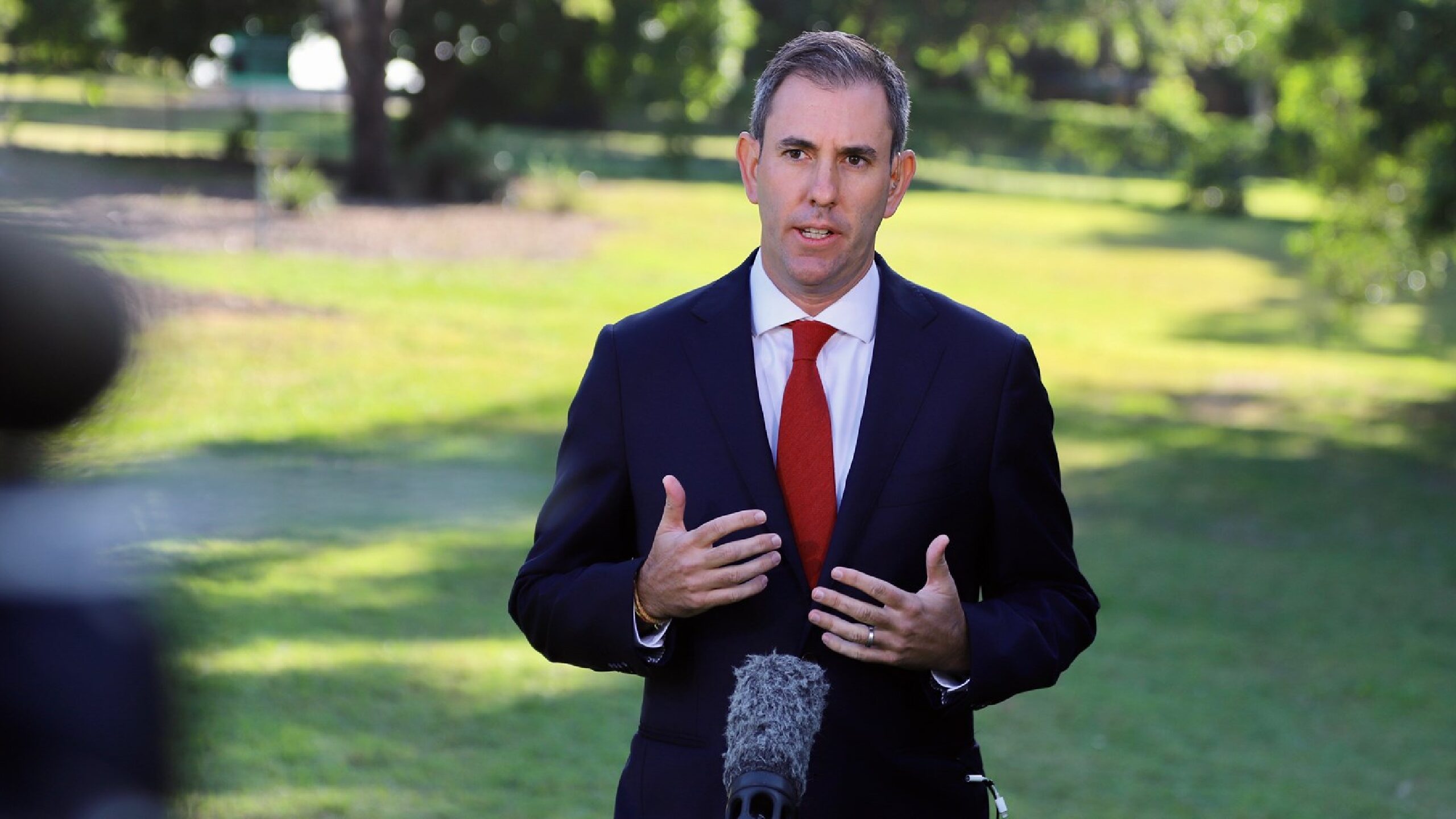Soft landing possible for Australia after more rate pain: IMF
A strong cyclical position and limited economic scarring from the pandemic have put Australia on a “narrow path to a soft landing”, the International Monetary Fund said in an annual economic report card, though it cited significant downside risk to its outlook and said monetary policy tightening must continue.
While Australia is better positioned than many of its advanced-economy peers in early 2023, it faces the same uncertainty around growth, commodity prices and domestic developments, the global financial organisation noted in a February 1 report on the annual economic consultation. The IMF holds bilateral discussions, usually annually.
“While labour markets confront significant tightening, wage growth thus far has remained modest relative to many other advanced economies,” and favourable terms of trade have helped Australia’s post-pandemic recovery, the fund said. “Inflation has nonetheless risen to significantly above the [Reserve Bank of Australia]’s target, driven both by high commodity prices and strong domestic demand, prompting decisive monetary policy tightening.”
The report said the IMF now expects Australian economic growth to slow to 1.6 per cent in 2023 from about 3.6 per cent in 2022, a slight downgrade from its preliminary estimate of 1.7 per cent in November.
“Tighter financial conditions, erosion of real incomes amid high inflation, declining house prices, and soft global growth point to a significant deceleration in Australia,” the fund said, adding that it expects inflation to decline gradually but remain above the RBA’s target until 2024.
“Downside risks to growth stem from a stronger global downturn, persistently high inflation expectations and rising geoeconomic fragmentation.”
Further tightening needed
While a soft landing is possible, the IMF said, the continuation of restrictive macroeconomic policies for the near term is needed to mitigate ongoing strong domestic demand and address the stubbornly high inflation rate.
That view may be unwelcome to market watchers, particularly after the RBA on Tuesday announced its ninth consecutive rate hike, taking the official cash rate to 3.35 percent from 0.1 per cent in May 2022.
“Restrictive macroeconomic policies are needed in the near term to mitigate strong domestic demand and address inflation,” the IMF said. “Monetary policy needs to continue tightening in the short term as envisaged, but given considerable uncertainty regarding the speed and intensity of monetary policy transmission, the pace of rate increases should continue to be data-dependent.”
The report identified other areas where the IMF says bolstered policy would increase Australia’s chances of a soft landing, noting that downside risks to the local economic outlook include domestic developments around housing prices, labour and wages, and the effects of tighter monetary conditions.
“While the financial sector faces significant exposure to housing markets, stability risks appear to remain well-contained, as banks have remained liquid and well-capitalised, while households have build substantial financial buffers,” the report said. “Pockets of vulnerability may nonetheless build up, for example among households that purchased their home recently at high valuations.”
While it noted that risks to financial stability due to a correction in housing prices “appear to remain contained”, the IMF recommended policies aimed at addressing deteriorating housing affordability in Australia, especially within the uncertain rates environment.
“Affordability concerns are increasing given strongly rising rents and higher mortgage rates,” the IMF said. “A strong focus on boosting housing supply remains essential, supported by well-targeted support for lower-income households.”
Another big-ticket recommendation for mitigating downside risk was to implement comprehensive tax reform and improve the efficiency of Australia’s expenditure programs. “Reviewing existing, large spending programs and improving expenditure efficiency will be important to underpin medium-term fiscal consolidation,” the IMF said.
“There are opportunities to make the tax system more efficient and equitable, rebalancing it from currently high direct to indirect taxes, and raise sufficient revenues to fund the government programs,” it said. “The Commonwealth government should direct windfall revenue gains to budget repair, with a view to creating additional fiscal buffers to address future shocks.”
The report also praised Australia’s new climate mitigation targets and urged that they be supported with strong policy action, while calling for increased infrastructure development to facilitate the government in meeting its goals.
“Reigniting productivity growth and boosting inclusion will require a strong focus on structural reforms,” it noted. “Delivering quality infrastructure to meet policy goals will require further streamlining the infrastructure pipeline and working proactively with the construction sector to overcome capacity constraints.”
Inflation, rates dominate outlook
Following the release of the IMF’s report, Treasurer Jim Chalmers released a statement welcoming what he said was an endorsement of “Australia’s responsible economic management at a time of growing uncertainty for the global community.
“The Albanese government is committed to its plan to make our nation’s finances more responsible, our economy more resilient and to support Australians with responsible cost-of-living relief that doesn’t add to inflationary pressures,” he said.
The view that the Australian economy may navigate its way to a soft landing is supported by a growing consensus among market commentators that peak inflation is either here or behind us. Australia’s relative positioning is also key, with inflation rates and central bank movements in other countries informing developments and creating opportunities here.
Diana Mousina, senior economist at AMP, pointed out in a February 6 research note that inflation in Australia appears to have peaked in the December quarter, later than in other advanced economies, indicating that rate hikes are having a lagged effect and are still working through the economy.
“The RBA is better off pausing after the February meeting to assess the impacts of prior rate rises at a time when the inflation background is looking better,” she said. “Rate hikes are working – housing prices are falling, lending growth is negative, credit growth is softening and consumer spending is weakening. Further rate rises risk slowing the economy too much.”
According to Kerry Craig, global market strategist at J.P. Morgan Asset Management, the question of whether recession is impending has “evolved to a recognition that the global economy is actually a three-speed economy,” with slower momentum in the US, stagnation in Europe and acceleration in China.
“That creates a lot of opportunity for investors that they didn’t see at the start of the year, when it was a case of thinking about a US recession, a European recession and a very slow start from China,” he said. “Central banks have gone from zero to 60 in the space of about a year”, and at such speed the risk is of a crash, Craig said. “They’ve taken their foot off the accelerator and have started to slow down, but they do need to see that lagged impact of monetary policy tightening on the economy.”









